First-Aid-Manual-DK
£18.99 Original price was: £18.99.£1.45Current price is: £1.45.
Product details
Format: Digital Edition
File Size: 42022 KB
Print Length: 290 pages
Simultaneous Device Usage: None
Publisher: DK First Aid Manual / Medical; 10th edition (1-02-16)
Sold by: Books-For-Everyone Media
Language: English
Text-to-Speech: Not enabled
X-Ray for Textbooks: Enabled
Word Wise: Not Enabled
Enhanced Typesetting: Not Enabled
First Aid Manual
by DK
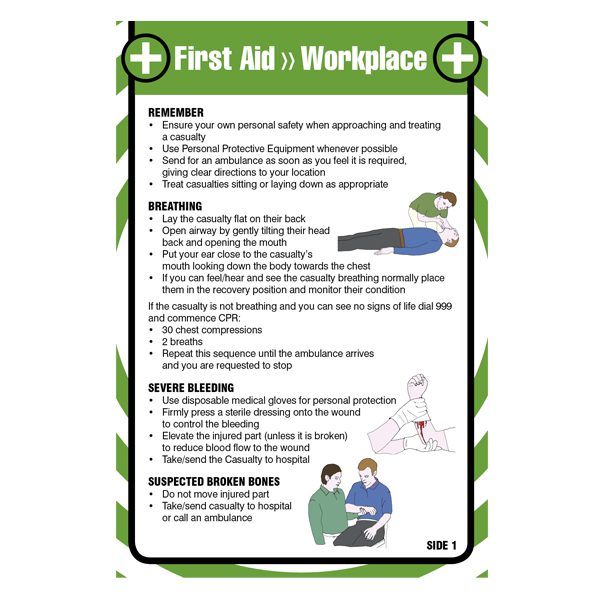
The information provided throughout
this book will help you to provide effective
first aid to any casualty in any situation.
However, to become a fully competent first
aider, you should complete a recognised
first aid learning programme. Completing
this will strengthen your skills and increase
your confidence. St John Ambulance,
St Andrew’s First Aid and the British Red
Cross are all able to provide first aid
education tailored to your needs.
■ To understand your own abilities and limitations
■ To stay safe and calm at all times
■ To assess a situation quickly and calmly and summon
help if necessary
■ To assist the casualty and provide the necessary
treatment, with the help of others if possible
■ To pass on relevant information to the emergency
services, or the person who takes responsibility for
the casualty
■ To be aware of your own needs
WHAT IS A FIRST AIDER?
First aid refers to the actions taken in response
to someone who is injured or taken ill. A first
aider is a person who takes this action while
taking care to keep everyone involved safe
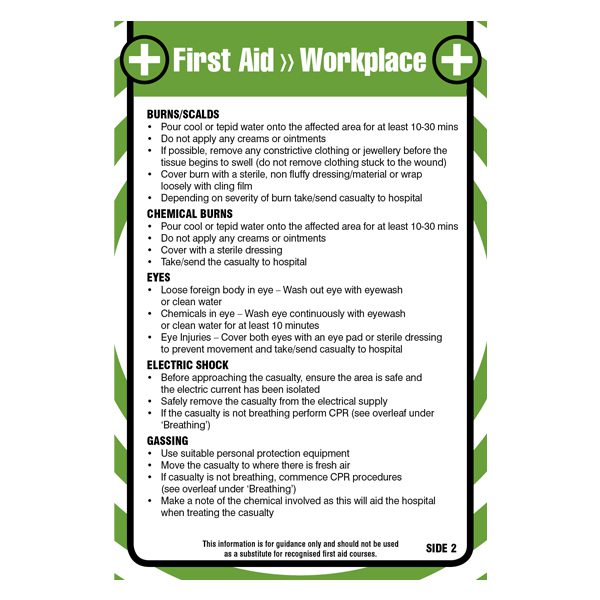
(p.28) and to cause no further harm while doing
so. Using the guidelines set out in this book, you
should take actions that most benefit the
casualty. Always take into account your own
skills, knowledge and experience.
This chapter prepares you for the role of first
aider by providing guidance on responding to
a first aid situation and assessing the priorities
for the casualty. There is advice on the
psychological aspect of giving first aid and
practical guidance on how to protect yourself
and a casualty. Chapter 2, Managing an Incident
(pp.26–37), provides guidelines on dealing with
events such as traffic or water incidents or
fires. Chapter 3, Assessing a Casualty
(pp.38–53), looks at the practical steps to
take when assessing a sick or injured person.
One of the primary rules of first aid is to
ensure that an area is safe for you before you
approach a casualty (p.28). Do not attempt
heroic rescues in hazardous circumstances.
If you put yourself at risk, you are unlikely
to be able to help others and you could
become a casualty. If it is not safe, do not
approach the casualty.
HOW TO PREPARE YOURSELF
When responding to an emergency it is
important to recognise both the emotional
and physical needs of all involved, including
your own. You should look after your own
psychological health and be able to identify
stress if it develops (pp.24–25).
A calm, considerate response from you that
facilitates trust and respect from those around
you is fundamental to you being able to give
or receive information from a casualty or
witnesses effectively. This includes being aware
of, and managing, your reactions, so that you
can focus on the casualty and make an
assessment. By talking to a casualty in a kind,
considerate, gentle but firm manner, you will
inspire confidence in your actions and this will
generate trust between you and the casualty.
Without this confidence he may not be able to
tell you about an important event, injury or
symptom, and he may remain in a highly
distressed state.The actions described in this chapter aim to help you facilitate this trust, minimise distress
and provide support to promote the casualty’s
ability to cope and recover. The key steps to
being an effective first aider are:
■ Be calm in your approach
■ Be aware of risks (to yourself and others)
■ Build and maintain trust (from the casualty
and the bystanders)
■ Give early treatment, treating the most
serious (life-threatening) conditions first
■ Call appropriate help
■ Remember your own needs
It is important to be calm in your approach.
Consider what situations might challenge you,
and how you would deal with them. In order
to convey confidence to others and encourage
them to trust you, you need to control your
emotions and reactions.
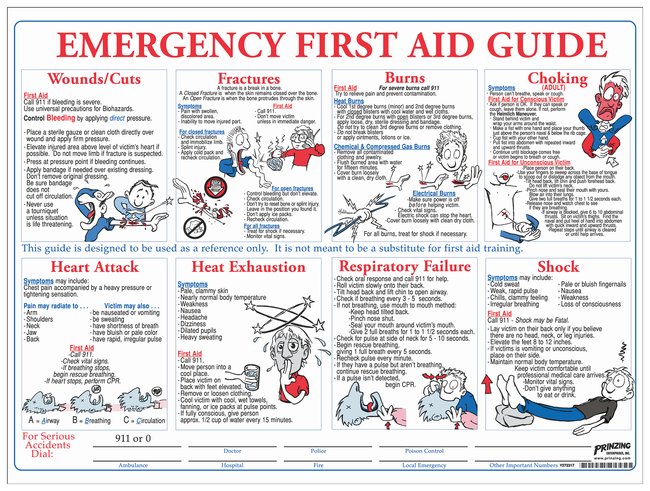 People often fear the unknown. Becoming
People often fear the unknown. Becoming
more familiar with first aid priorities and the
key techniques in this book can help you feel
more comfortable. By identifying your fears in
advance, you can take steps to overcome them.
Find out as much as you can, for example, by
completing a first aid learning programme with
one of the Societies. For additional reassurance,
talk to other people about how they dealt with
similar situations or talk through your fears with
a person you trust.
STAY IN CONTROL
In an emergency situation, the body responds by
releasing hormones that may cause a “fight,
flight or freeze” response. When this happens,
your heart beats faster, your breathing quickens
and you may sweat more. You may also feel
more alert, want to run away or feel frozen
to the spot.
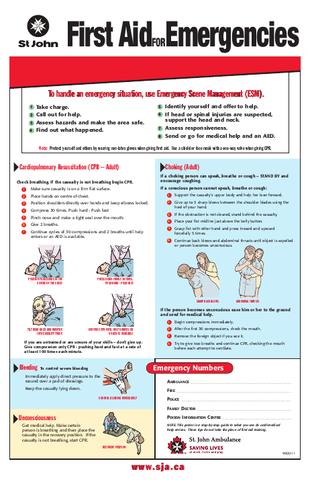
If you feel overwhelmed and slightly panicky,
you may feel pressured to do something before
you are clear about what is needed. Pause and
take a few slow breaths. Consider who else
might help you feel calmer, and remind yourself
of the first aid priorities (opposite). If you still
feel overwhelmed, take another breath and say
to yourself “be calmer” as a cue. When you are
calm, you will be better able to think more
clearly and plan your response.
The thoughts you have are linked to the
way you behave and the way you feel. If you
think that you cannot cope, you will have more
trouble working out what to do and will feel
more anxious: more ready to fight, flee or
freeze. If you know how to calm yourself, you
will be better able to deal with your anxiety and
so help the casualty.
HEADACHE

■ Do not give aspirin to anyone under 16 years of age or who you know is allergic to it. Seek urgent medical advice if:
■ Pain develops very suddenly
■ Pain is severe and incapacitating
■ Pain is accompanied by fever or vomiting
■ Pain is recurrent or persistent
■ Pain is accompanied by loss of strength or sensation, or by impaired level of response
■ Pain is accompanied by a stiff neck and sensitivity to light
■ Pain follows a head injury
CAUTION WHAT TO DO Help the casualty to sit or lie down in a quiet place. Give him a cold compress to hold against his head (p.241). An adult may take the recommended dose of paracetamol tablets or his own painkillers. A child may have the recommended dose of paracetamol syrup (not aspirin).
From first-aid essentials to life-saving procedures, it’s worth having someone who knows what they are doing to cope with life’s little (and big) emergencies. The latest edition of this best-selling manual, published in association with the UK’s three leading first-aid providers, gives you the knowledge you need instantly if someone falls ill or gets hurt.
Brand new live-action step-by-step photographs show you how to treat casualties and over 100 medical conditions and injuries, from minor burns to heart attacks. Find information on the latest life-saving procedures and resuscitation guidelines as well as basic first aid techniques, like bandaging and applying dressings.
Plus, new chapters explain what it’s like being a first aider, what to do in an emergency situation and how to look after a casualty. Keep it handy – for home, for work and for leisure.
Product description
Product Description
The UK’s only fully authorized first aid guide is packed with step-by-step first aid advice, from emergency first aid and first aid for babies and children, to the latest guidelines on resuscitation, helping a drowning casualty, and snake bites.
First Aid Manual is endorsed by St John Ambulance, St Andrew’s First Aid, the British Red Cross, and is used as the official training manual for the UK’s leading first aid organisations’ courses.
Find out how to treat over 100 different conditions from splinters and sprained ankles to strokes and unresponsiveness, and learn how to use essential equipment including a defibrillator. Step-by-step photography, all shot in-situ to reflect real-life issues, shows you what to do in any situation.
The bestselling First Aid Manual covers all aspects of first aid – it is the ideal first aid book for you and your family. Keep it handy; it could be a life-saver.
Review
Arguably a staple for every household – this book has step-by-step first aid advice for many conditions, from splinters to sprained ankles and strokes (Scottish Daily Mail)
This essential book is endorsed and authorised by the UK’s leading first aid societies and covers all the basic skills you made need to know if your little one gets hurt. (Natasha Harding The Sun 2014-05-08)
About the Author
The Voluntary Aid Societies- St John Ambulance, St Andrew’s First Aid and the British Red Cross- are the UK’s premier first aid trainers. They deliver hundreds of yearly first aid courses and their volunteers provide first aid cover at many public events- from football matches to concerts.
Nadia
Brian Connolly
⭐⭐⭐⭐⭐ If Ever There Was A Life Changing Book, This Might Be It.
04 July 2019
Format: ebook Verified Purchase
This is the authoritative First Aid Manual, as used by both St John Ambulance and British Red Cross, as well as others in the field.
Clearly laid out, and well illustrated, this book will tell you everything you need to know about First Aid, from applying a sticking plaster to CPR.
It is best studied in conjunction with an approved First Aid course, as First Aid is above all a practical skill.
Having said all that, the book is an essential reference and course guide and familiarity with its contents may just be the difference between the reader being able to save a life or not.
33 people found this helpful
Books-For-Everyone Customer
⭐⭐⭐⭐⭐ Latest uptodate (10th Edition -June 2016)- First Aid Manual-From St John Ambulance.
02 July 2019
Format: ebook Verified Purchase
I like the way this book is presented,- in clear, easy to read/see, colour diagrams with updated information enabling the
user to find essential information fast. The First Aid Manual is to be used as a comprehensive reference guide to treat
casualties of all ages in an emergency.
Thankyou to Books For Everyone for your prompt delivery of this Item.
Max
⭐⭐⭐⭐⭐ Good but basic
28 June 2019
Format: ebook Verified Purchase
A good book which is easy to read though very repetitive and doesn’t cover more advanced procedures such as heart rhythms or the use of an AED.
The book is probably best suited for people with no background in first aid as for that purpose I think this book would give a nice overview of the subject.
Ian D
⭐⭐⭐⭐⭐ Look No Further.
21 June 2019
Format: ebook Verified Purchase
Arrived via email as soon as I ordered it. Easy to read and take in. This appears to be the latest version as approved by the powers that be.- Perfect for anyone with a need for some first-aid knowledge in their lives. – I’m using it to revise for my industrial first-aid exams.
Peter Maddison
⭐⭐⭐⭐⭐ You could save someones life, well worth buying for the knowledge.
23 May 2019
Format: ebookVerified Purchase
You never know when you might need this.
An accident can happen anywhere, in your front room, kitchen, garden, even outside in your street. So, you will be prepared if you buy one of these. And you could help save someones life.
Mr Mark Smith
⭐⭐⭐⭐⭐ Must have
17 May 2019
Format: ebook Verified Purchase
Really good wide ranging view of techniques and situations. Not massively detailed, but wnough for first aid. Recommend for all houses
Anne Q
⭐⭐⭐⭐⭐ Quickly find your first aid topic
7 May 2019
Format: ebook Verified Purchase
A very useful manual. Straightforward presentation of the topics and explanation of what the first aider is aiming to do in any particular situation. Easy to find the section you need – very useful in the heat of a real first aid situation.
Be the first to review “First-Aid-Manual-DK” Cancel reply
You must be logged in to post a review.
Related products
Health & Fitness
Cookbooks
Health & Fitness
Health & Fitness
Editors Choice
Editors Choice



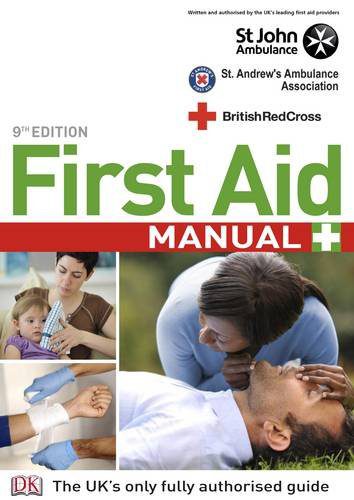
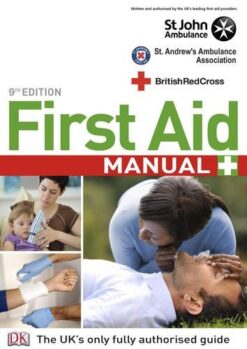

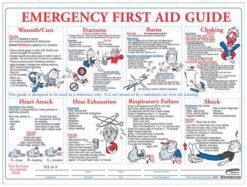
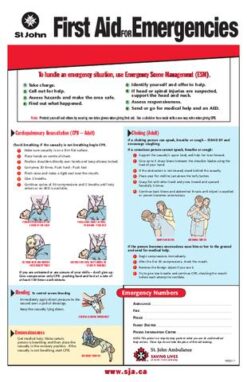
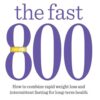
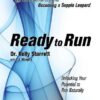
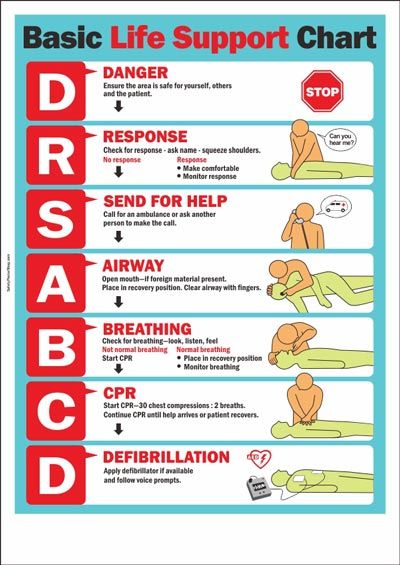

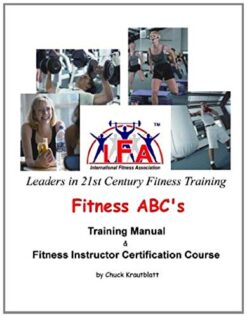

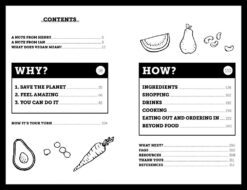
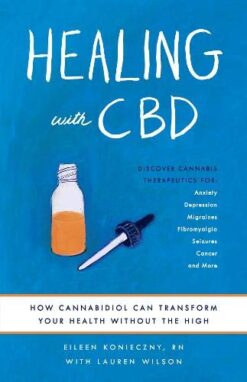
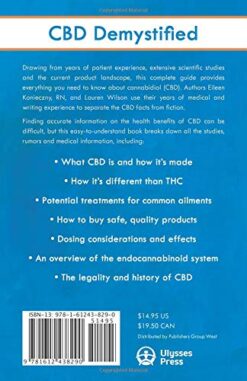
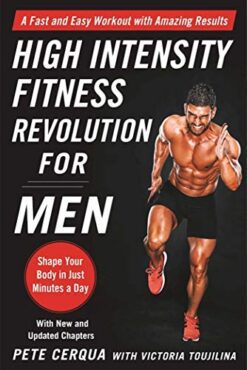

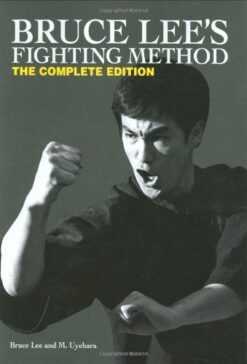
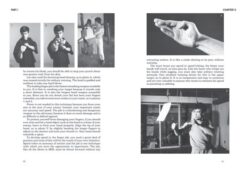
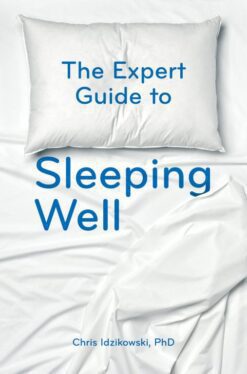
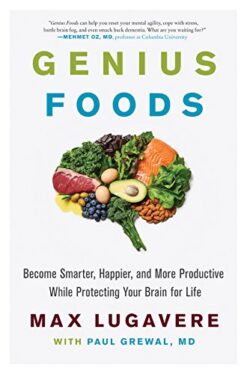
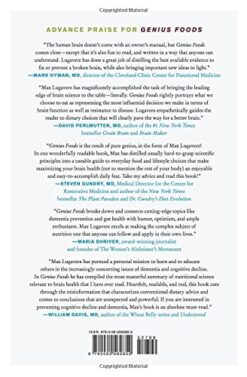
Reviews
There are no reviews yet.